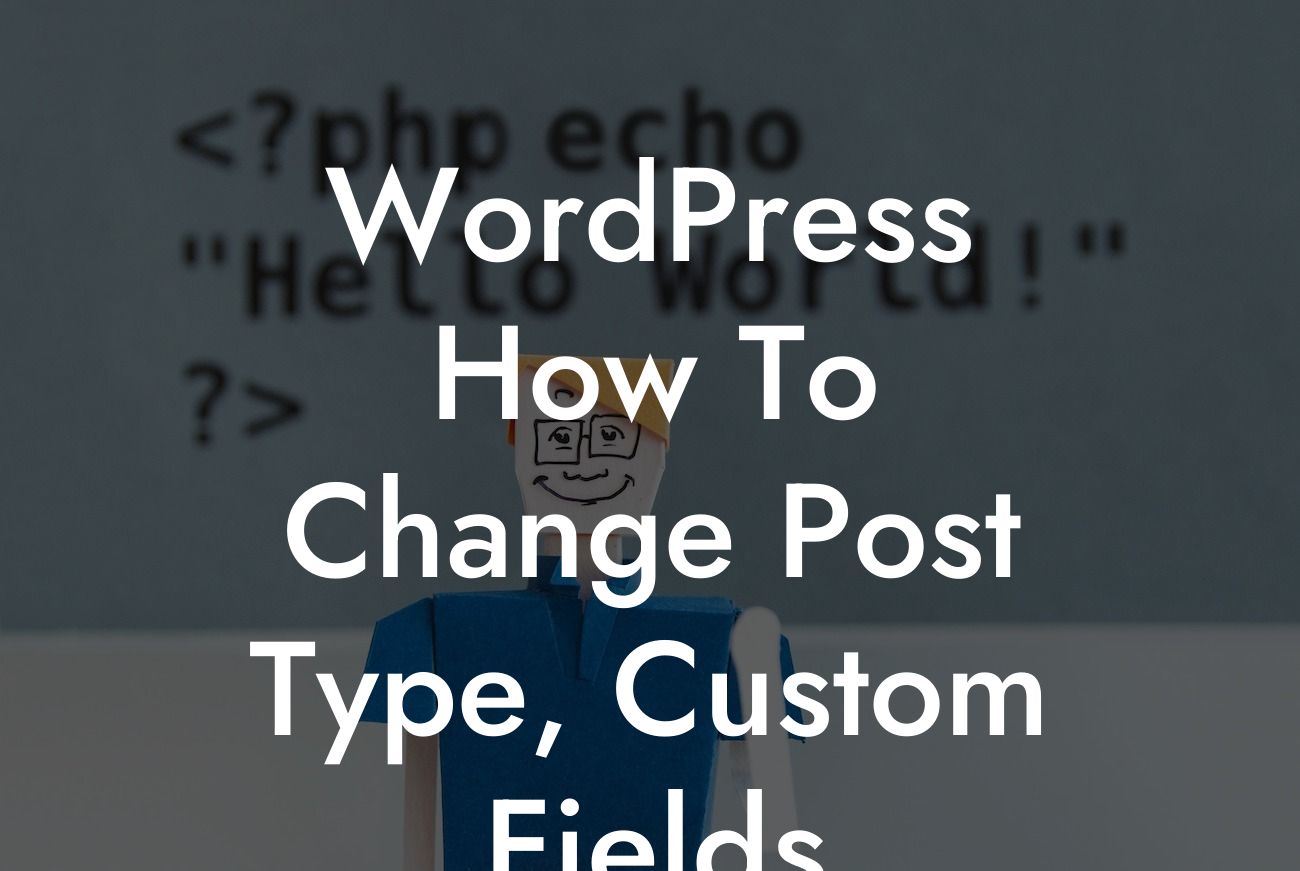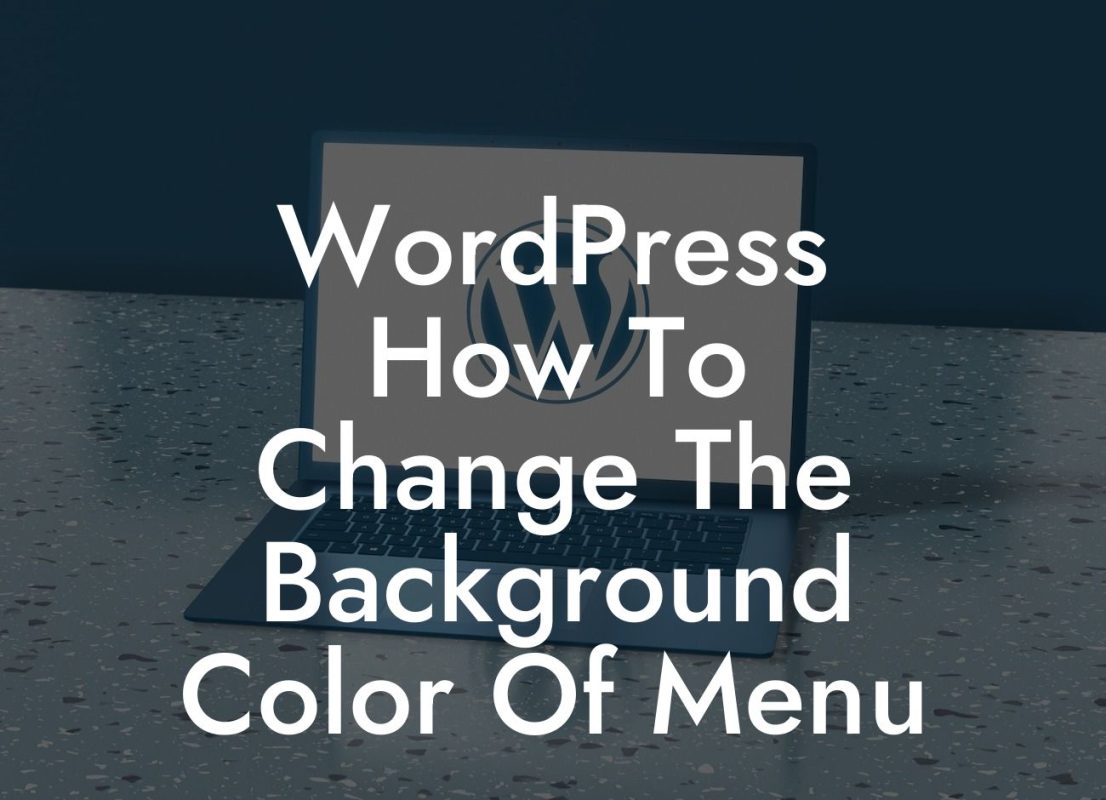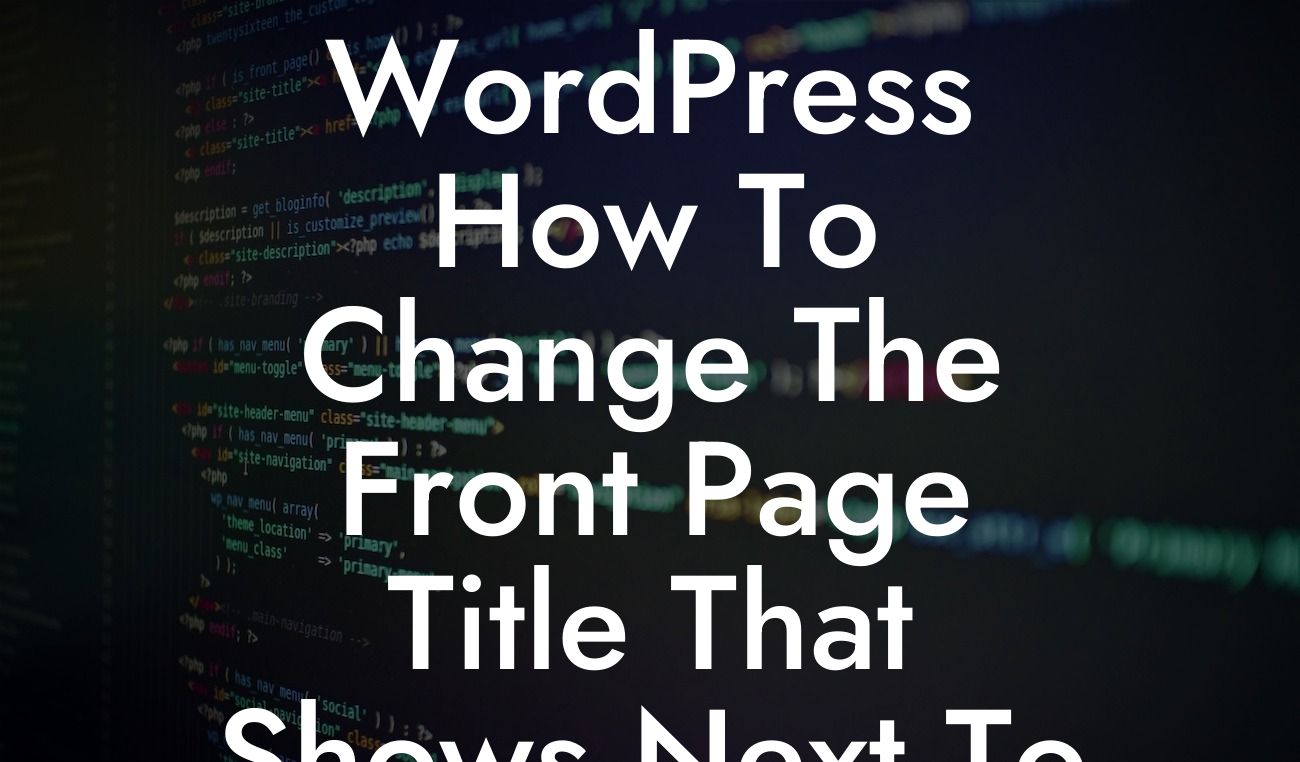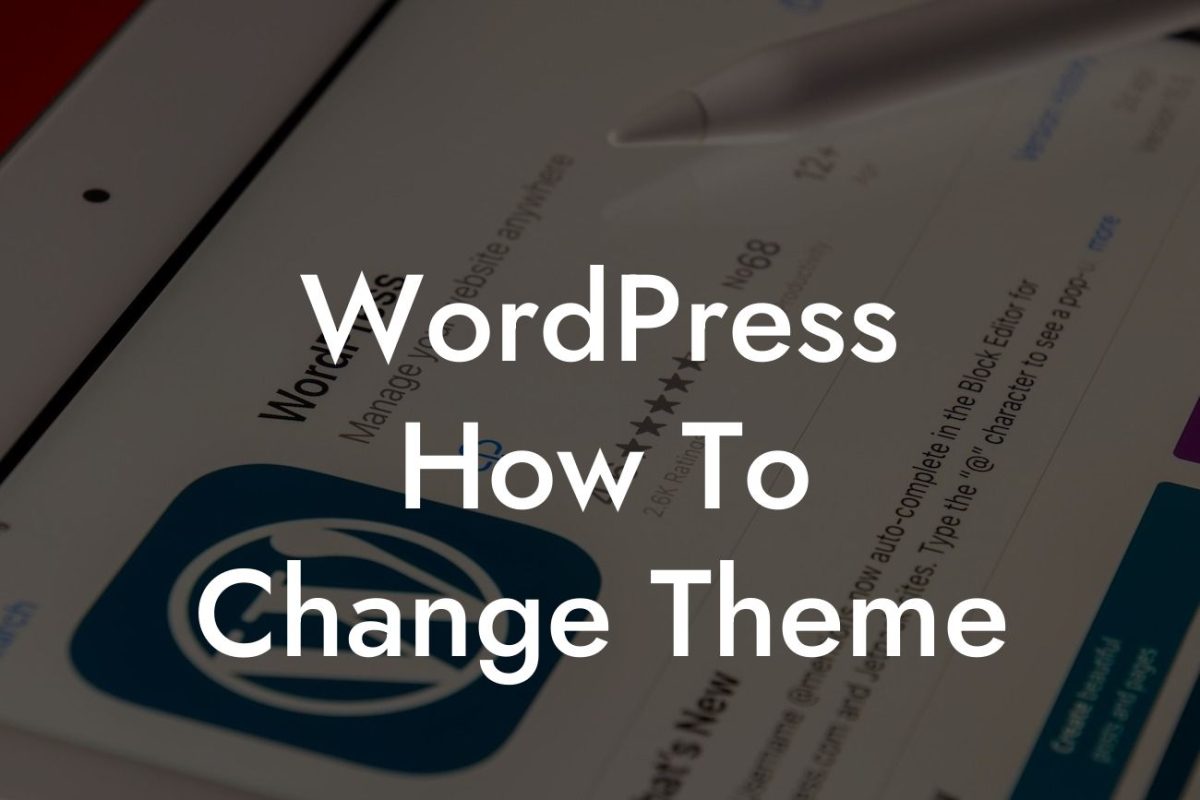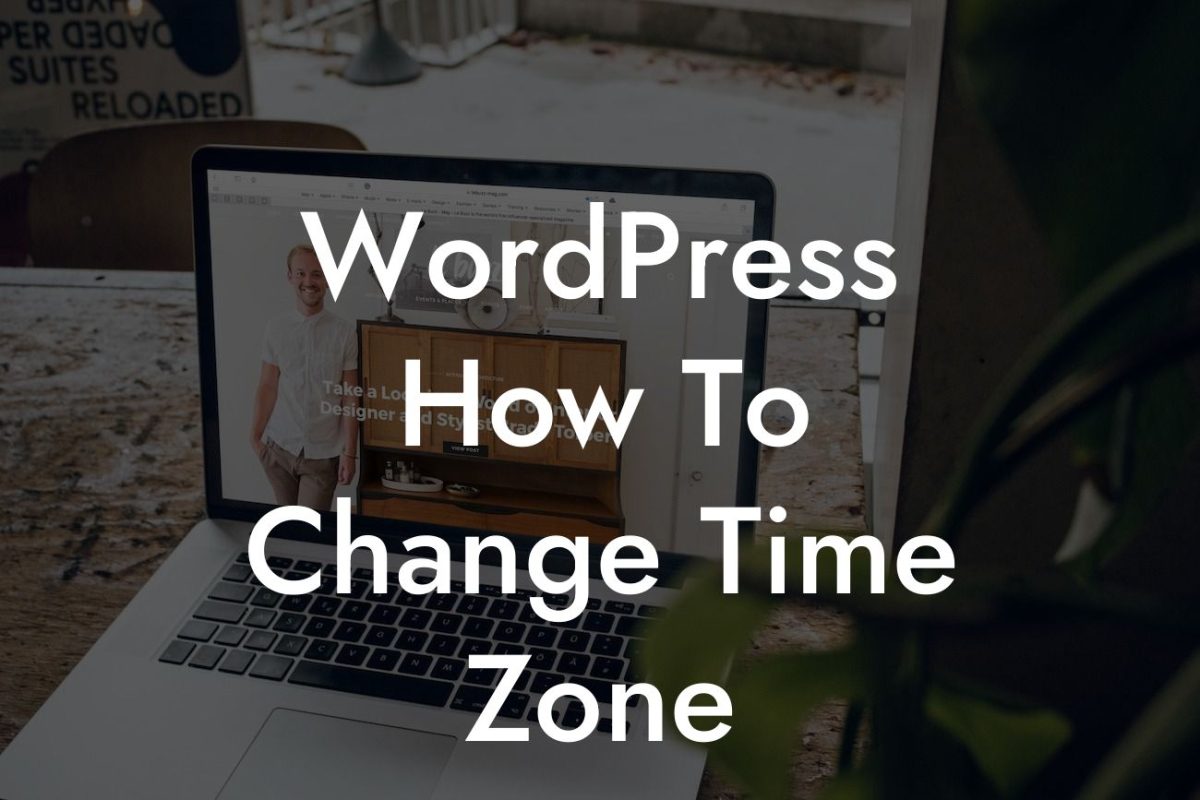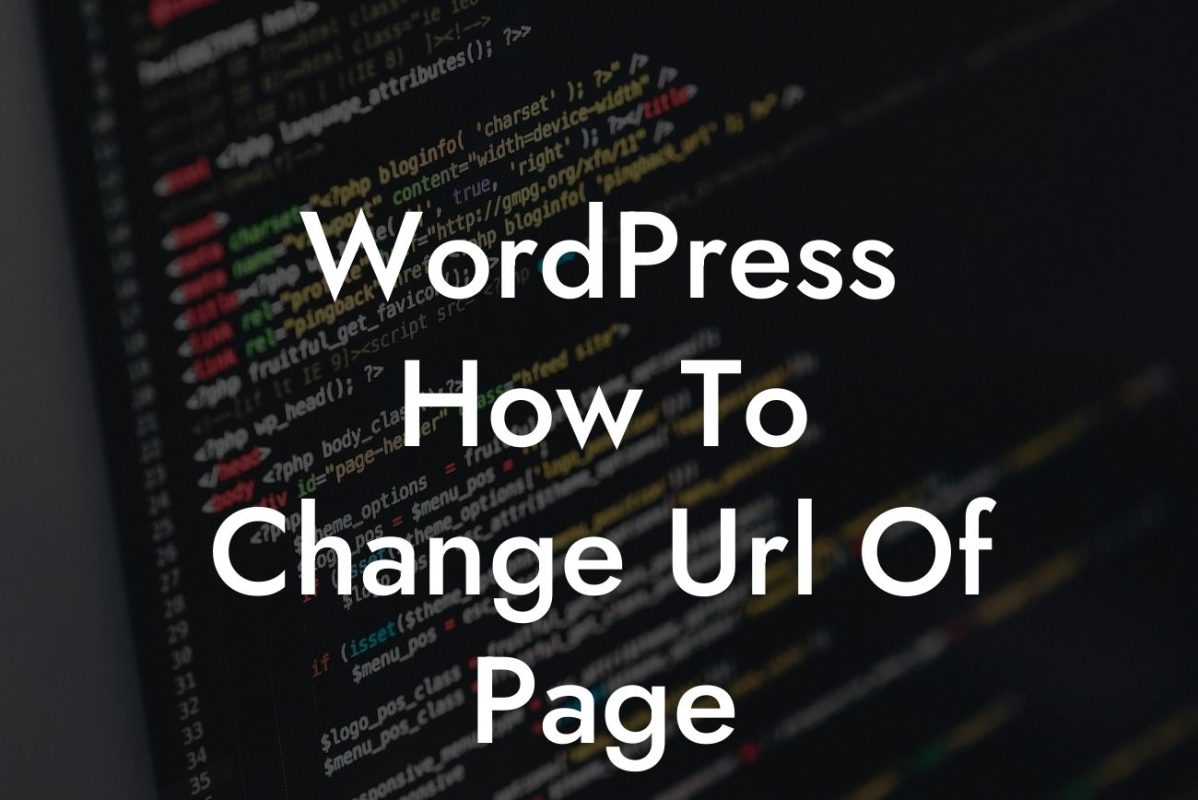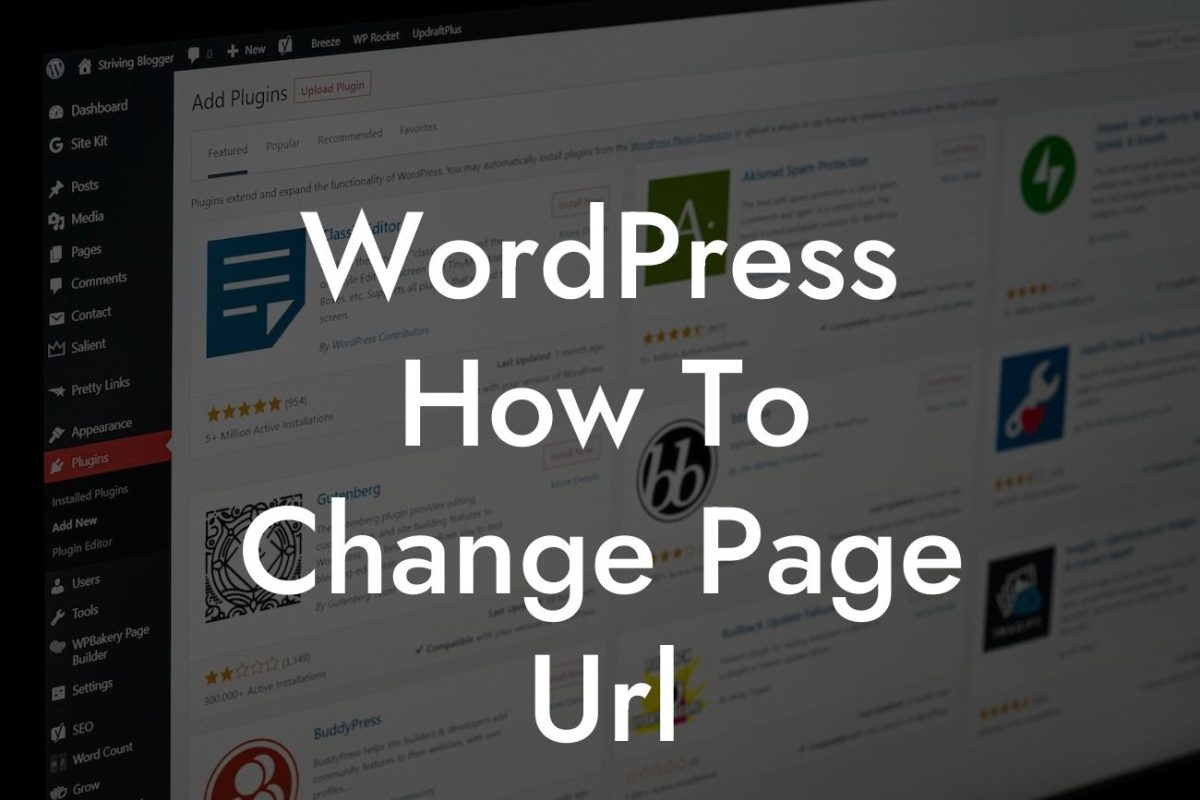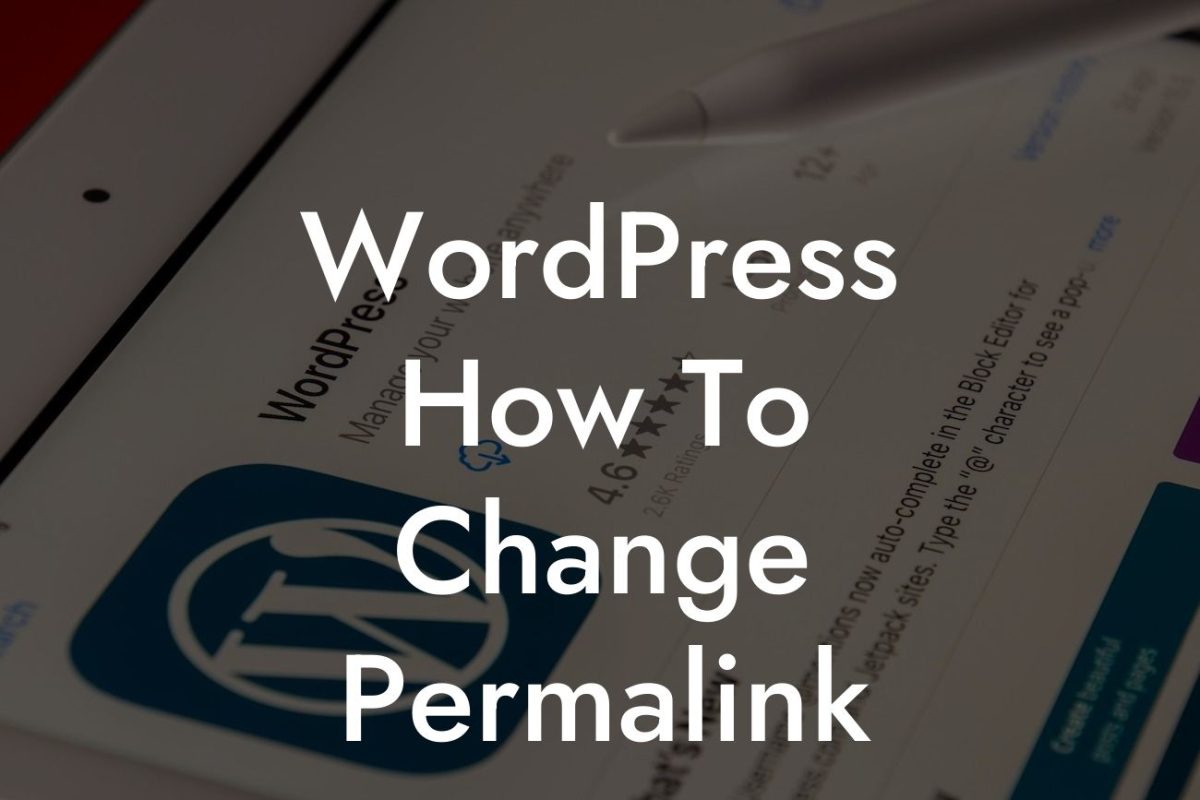Changing the post type and customizing fields in WordPress can bring immense flexibility and control over your website's content. Whether you are a small business owner or an entrepreneur, being able to tailor your content to specific needs can enhance your online presence and attract more visitors. In this comprehensive guide, we will walk you through the necessary steps to change post types and leverage custom fields in WordPress, empowering you to take your website to new heights.
Post Types: Unlocking the Power of Customization
----------------
When you create a new post in WordPress, it is assigned a default post type, usually "post." However, WordPress offers various post types, including pages, attachments, and custom post types. Each post type serves a specific purpose and can be customized to suit your website's unique demands.
To change the post type of a specific post, follow these steps:
Looking For a Custom QuickBook Integration?
1. Access the "Edit" screen of the desired post.
2. Locate the "Document" panel on the right-hand side.
3. In the "Document" panel, find the "Post" tab and click on it.
4. A dropdown menu will appear, displaying all available post types. Select the desired post type from the list.
5. Make any additional changes or adjustments to the post content if necessary.
6. Finally, click on the "Update" button to save your changes.
Custom Fields: Adding Extra Data and Functionality
--------------------
Custom fields are the secret sauce that takes your WordPress website to the next level. They allow you to attach additional information or metadata to your content, enabling custom functionality and organization within your website.
To add custom fields to your WordPress website, follow these steps:
1. Access the "Edit" screen of the post or page where you want to add custom fields.
2. Locate the "Document" panel on the right-hand side.
3. In the "Document" panel, find the "Custom Fields" section.
4. Click on the "Enter new" link to add a custom field.
5. Enter a name for the custom field and its corresponding value.
6. Click on the "Add Custom Field" button to save your custom field.
7. Repeat the process to add more custom fields as needed.
Wordpress How To Change Post Type, Custom Fields Example:
Let's say you have a website dedicated to product reviews. By changing the post type from "post" to a custom post type called "reviews," you can introduce specific custom fields such as "Product Name," "Rating," and "Pros and Cons." This customization allows you to create a consistent layout for all your reviews and enables visitors to filter and search for reviews based on specific products or ratings.
Now that you have mastered the art of changing post types and customizing fields in WordPress, you have taken a significant step towards crafting a unique and effective online presence. Explore DamnWoo's lineup of powerful WordPress plugins tailored for small businesses and entrepreneurs to supercharge your success. Don't forget to share this guide with fellow WordPress enthusiasts and leave a comment below with your thoughts or any questions you may have.

